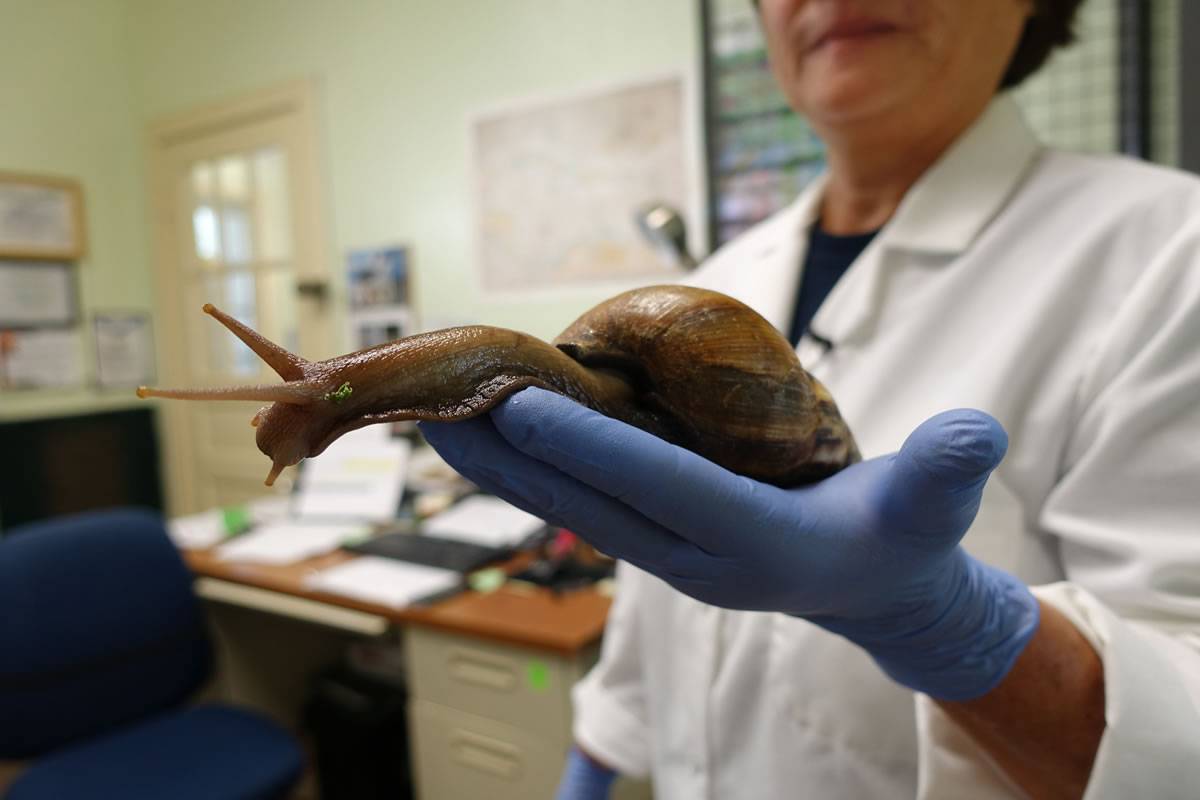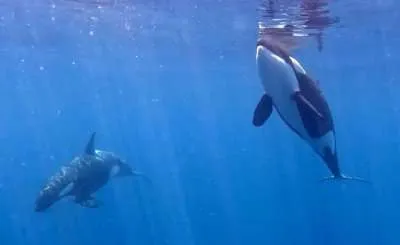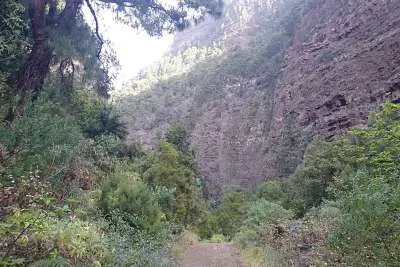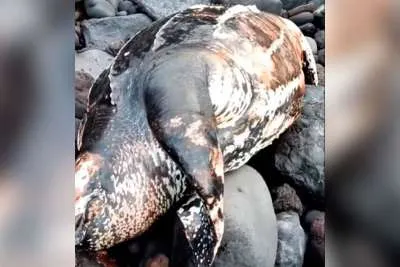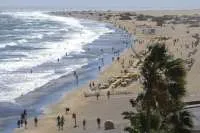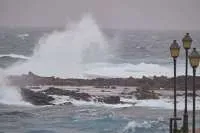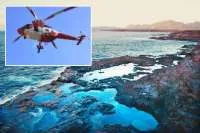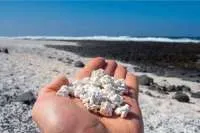Health alerts issued for giant African snails in Tenerife that can cause meningitis
- 19-07-2023
- Tenerife
- Canarian Weekly
- Photo Credit: Redexos
An alert has been issued by the Network for the Detection and Intervention of Invasive Alien Species in the Canary Islands (REDEXOS), warning of the presence of giant African snails in Tenerife, stressing that they are considered to be a very dangerous species capable of transmitting a type of meningitis. Initially, only a few were reported, but now it seems they are spreading to different parts of the island.
This type of snail represents a significant threat to human health, agriculture, and the ecosystem in general, which is why the warning emphasizes that they should not be touched or picked, as there is a definite health risk.
Giant African snails are easy to identify as they are known for their large size and have been known to reach up to 20 centimetres in length. Their coloration can vary, but generally, they have light brown tones with dark bands across their shell.
REDEXOS believe that they have been brought into the island to be sold as to collectors of mollusks and reptiles. They are considered to be an invasive species due to their ability to reproduce quickly and compete with native species of snails.
A distinctive feature is its high resistance and adaptability to different environments. It can survive in a wide range of climates and habitats, from the tropics to more temperate regions. In addition, it is capable of storing water in its body, which allows it to withstand long periods of drought.
WHAT SHOULD I DO IF I FIND ONE?
Experts have already warned that this snail can transmit a form of meningitis, which poses a serious threat to people's health. In addition, it attacks the main crops of the Canary Islands, such as bananas and tomatoes, as well as numerous wild plants.
REDEXOS are advising the public not to touch, hold, or stamp on the snails if they see one, but to immediately contact them on 646 601 457. Citizen collaboration is essential to stop them spreading and to minimize harmful effects.
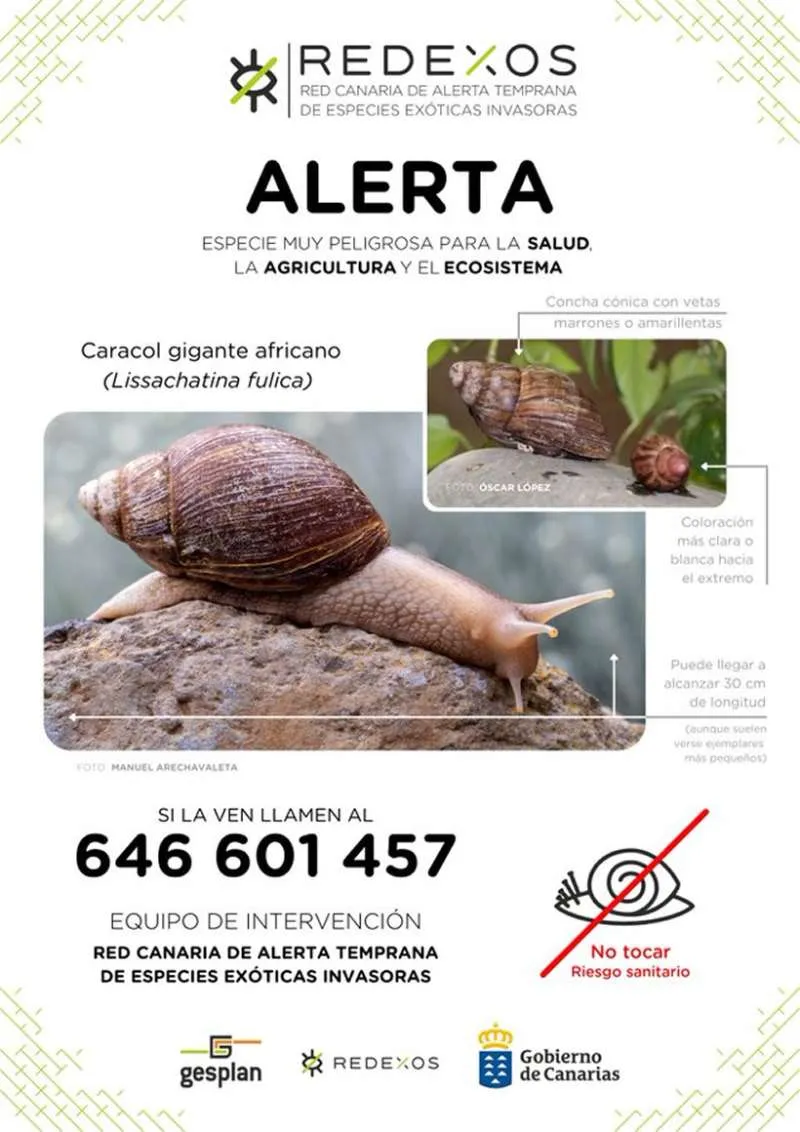
Other articles that may interest you...
Trending
Most Read Articles

Featured Videos
A Vision of Elvis Tenerife Promo
- 10-05-2025
TEAs 2025 Highlights
- 17-11-2025


